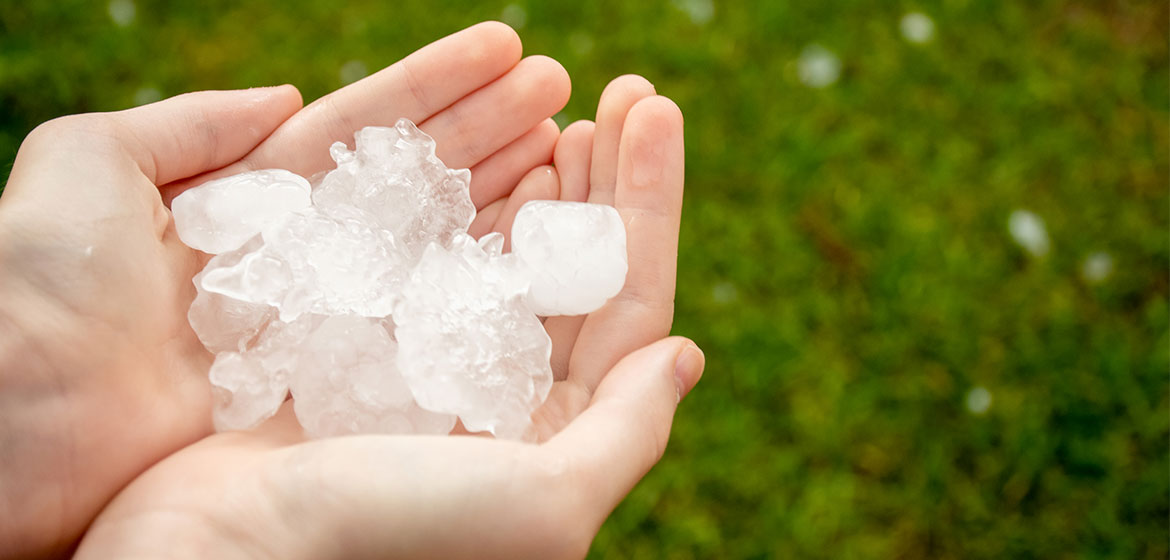Investigating The Common Myths About Hail Damage

Hailstorms can be a menacing natural phenomenon that causes damage to properties, including vehicles, homes, and crops. When hailstones fall from the sky and strike surfaces, they can leave behind noticeable dents, cracks, and other forms of damage. However, despite being a well-known weather event, there are many myths and misconceptions about hail damage that often lead to confusion and misinformation.
In this article, we will investigate some of the common myths about hail damage and separate fact from fiction.
Myth 1: Hailstones Are Too Small to Cause Significant Damage
One of the most common myths about hail damage is that hailstones are too small to cause significant damage. However, this is not entirely true. Regardless of size, even small hailstones can cause damage. When hailstones fall from the sky at high speeds, they can impact surfaces with considerable force, causing dents, cracks, and other forms of damage. Besides, strong winds can accompany the hailstones, further exacerbating the damage.
Myth 2: Only Large Hailstones Can Cause Damage
Contrary to popular belief, the size of the hailstones does not necessarily dictate the extent of the damage. While large hailstones can certainly cause significant damage to properties, smaller hailstones can also cause harm. The velocity at which hailstones fall from the sky, combined with the force of impact, can cause damage to various surfaces, including roofs, windows, siding, and vehicles. Additionally, the duration of the hailstorm and the frequency of hailstones can also contribute to the overall damage.
Myth 3: Hail Damage Is Always Visible
Another common myth about hail damage is that it is always visible. However, this is not entirely accurate. While hail damage can often be visible as dents, cracks, or other forms of damage on the surfaces of properties, it is not always immediately noticeable. In some cases, hail damage may be subtle and difficult to detect without a thorough inspection by a trained professional. For example, hail damage to roofs may not be immediately visible and may require a closer examination by a qualified roofer to identify the extent of the damage. It is important to keep in mind that even if hail damage is not immediately visible, it can still impact the structural integrity and value of a property.
Myth 4: Hail Damage Only Occurs during Severe Storms
While it is true that hailstorms are often associated with severe weather events, such as thunderstorms or tornadoes, hail can also occur during less severe weather conditions. Hail forms when strong updrafts in thunderstorms carry raindrops upward into freezing temperatures, causing them to freeze into ice pellets. These ice pellets then fall to the ground as hailstones. Even in less severe storms or isolated hail events, hailstones can still cause damage to properties.
Myth 5: Insurance Will not Cover Hail Damage
Some people believe that insurance does not cover hail damage, which can be a costly misconception. In reality, most homeowner’s insurance policies and auto insurance policies typically cover hail damage, depending on the terms and conditions of the policy. It is important to review and understand the details of your insurance coverage to know what is and is not covered. In case of hail damage, it is advisable to document the damage with photographs and contact your insurance provider promptly to initiate the claims process.